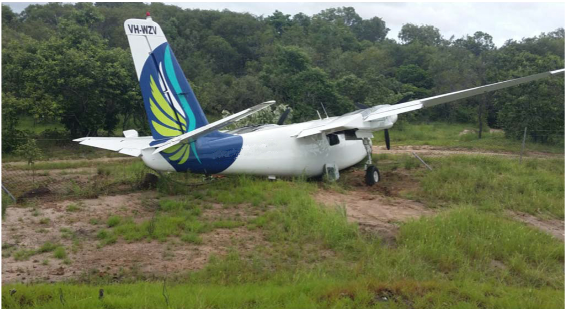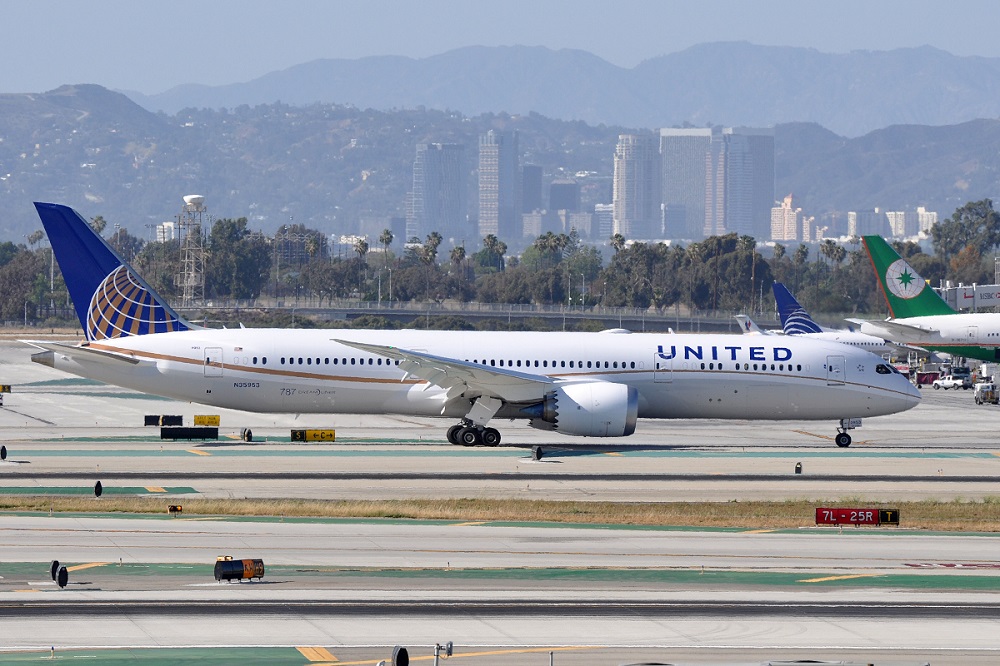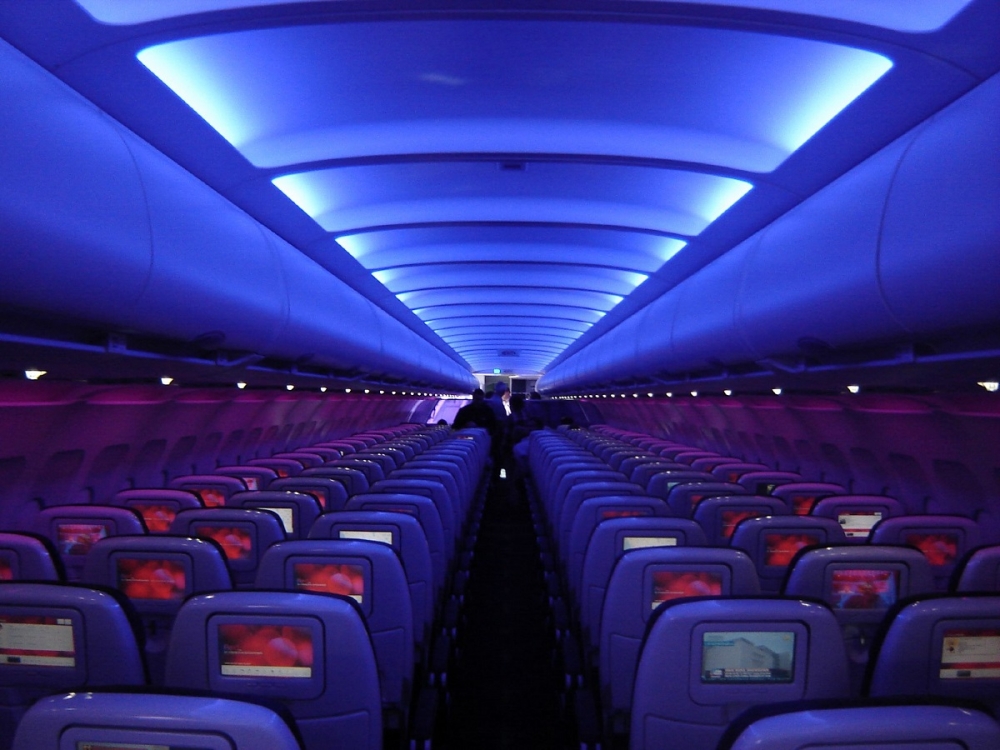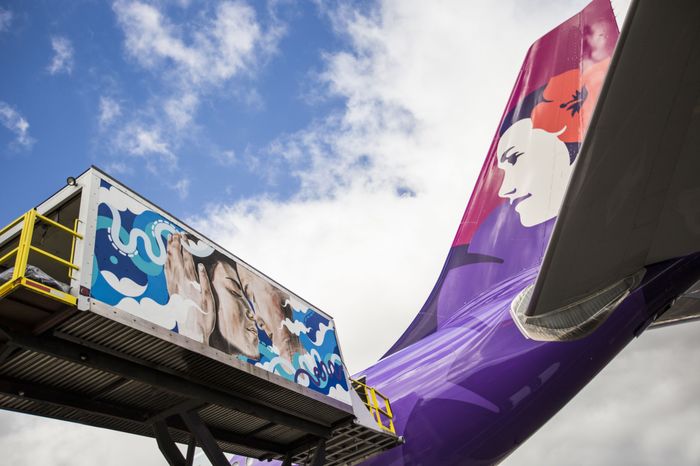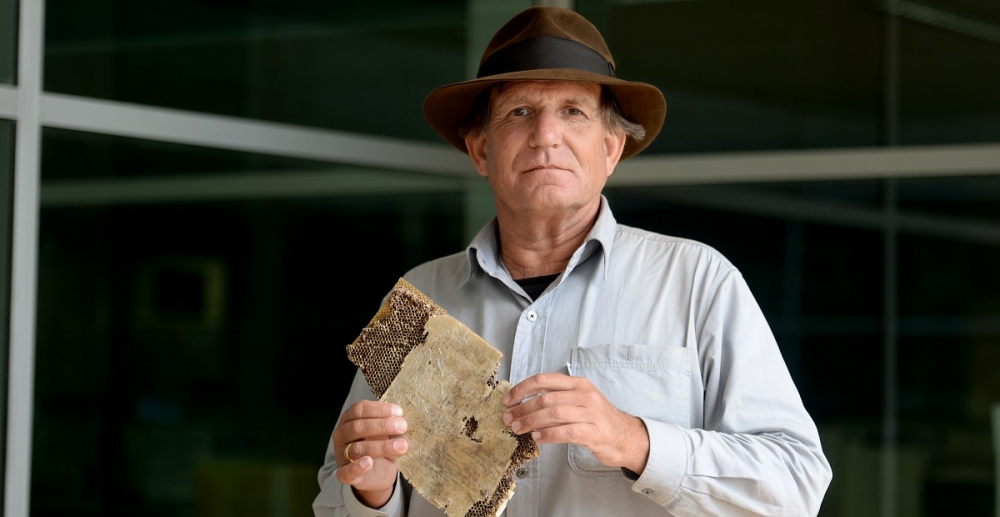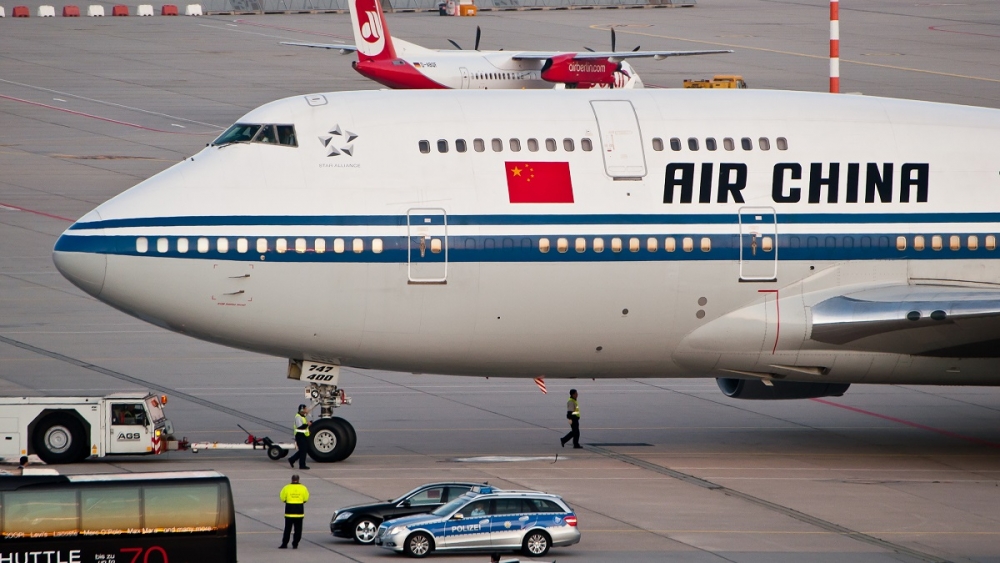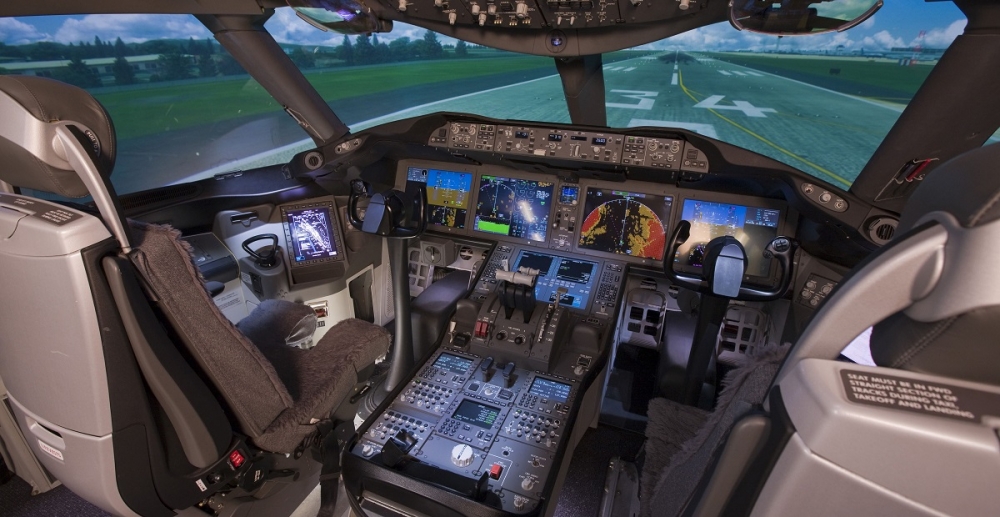A new study highlighting aviation safety in Australia has found 2015 was the nation’s safest year for commercial air travel in a decade.
Australian Transport Safety Bureau research into aviation safety occurrences from 2006 to 2015 released on Wednesday found that only one person died in 2015 from nine commercial air transport accidents.
Of the nine accidents, down from 27 in 2014 and the lowest number recorded in the study period, one-third were charter operations and another third involved the high capacity air transport category in which major airlines sit.
Overall, Australia recorded 31 fatalities involving 28 aircraft in 2015 and 32 serious injuries involving a further 28 planes. There were 227 aircraft involved in accidents and 185 involved in serious incidents that could have led to an accident.
Small aircraft in the general aviation sector were involved in 12 fatalities and 130 accidents, while recreational aviation recorded 18 fatalities from 76 accidents.
“The majority of fatalities in the 10”‘year period occurred within general aviation, with around 20 per cent of fatal accidents resulting from a loss of control,” ATSB commissioner Greg Hood said.
Thousands of safety occurrences are reported to the ATSB every year and are analysed by safety investigators to uncover trends and see can be learned from them.
The number of incidents involving Australian-registered large airliners in the high capacity regular public transport category rose by about 40 per cent over the decade of the study, reflecting a 50 per cent rise in the rate of departures.
The report said the number of accidents in 2015 was consistent with the 10”‘year average but the number of serious incidents was significantly lower. The most commonly reported incidents were bird strikes
Three accidents that year included a passenger seriously injured in turbulence encountered during a Brisbane-Sydney flight and another injured by an aircraft fitting during a flight from Sydney to Hobart.
An ATR-72 turboprop aircraft was also “substantially damaged’’ at Moranbah, Queensland, when high winds caused a wing strike.
There were four serious incidents, including one in which a Jetstar Airbus A321 took off from Melbourne outside the loading limits for the aircraft. The crew of an A320 from the same airline had taken off 10 days earlier from Brisbane with 16 more passengers than advised, resulting in a 1328kg discrepancy to the take-off weight.
Others included a fire on an A320 oven during descent into Sydney and a diversion into Darwin due to faulty flight instruments.
The number of incidents involving smaller airliners significantly declined over the decade, mainly due to a fall in flying activity.
The ATSB said the decline was a result of a trend towards the use of bigger aircraft for resource industry flying, a trend for regional carriers to use bigger airliners and the move by the big airlines on to regional routes.
There were no accidents in this category in 2015 and the five serious incidents were consistent with the 10-year average. Bird strikes were again the most commonly reported incidents.
Serious incidents damaged propellers from a multiple bird strike in NSW and a kangaroo in Queensland as well as an autopilot problem and a near miss, both also in Queensland.
The number of charter accidents — generally the highest for the commercial air transport category — was relatively stable over the decade but dropped significantly in 2015 to three, from 23 in 2014.
Birds were again the biggest problem and the incidents included a runway overrun by an Aero Commander 500-U at Badu Island off Queensland and a collision with terrain after a runway excursion in Western Australia.
Hood said that for all accidents, the highest accident rates occurred with recreational aeroplanes, followed by aerial agriculture, private/business and sports aviation, and recreational gyrocopters.
He was particularly concerned about the flying training accident rate per million hours flown in 2014, the latest available, which was more than double that of any year in the previous eight years.
“The increase in accident rates involving flying training is an emerging safety concern—we’ll continue to keep a close eye on this sector to get a better understanding of the safety issues involved,” Hood said.
Also on the rise was the number of remotely piloted aircraft accidents and incidents.
“This has gone up from 14 occurrences in the eight years from 2006–2013 to 37 in 2014–2015,’’ he said.“Given the significant growth in the use of remotely piloted aircraft, it is likely that the number of incidents and accidents will continue to increase in the short term.”















